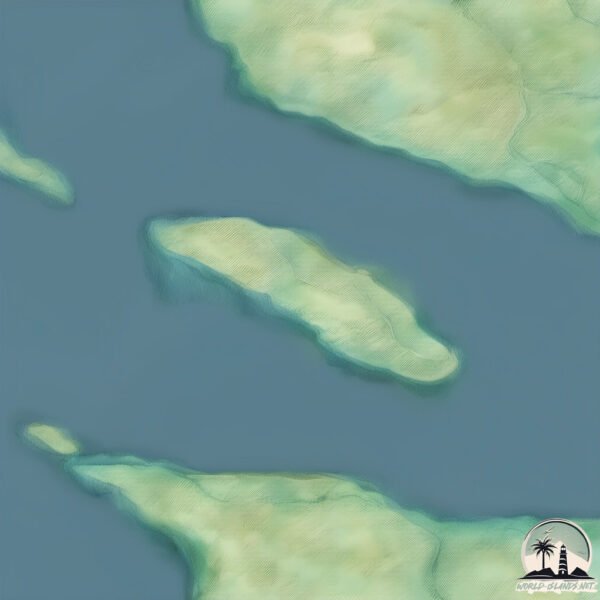Welcome to Hestur , a Temperate island in the North Atlantic Ocean, part of the majestic Atlantic Ocean. This guide offers a comprehensive overview of what makes Hestur unique – from its geography and climate to its population, infrastructure, and beyond. Dive into the details:
Geography and size of Hestur
Size: 7.488 km²Coastline: 16.7 kmOcean: Atlantic OceanSea: North Atlantic OceanContinent: Europe
Hestur is a Small Island spanning 7.5 km² with a coastline of 16.7 km.
Archipel: Faroe Islands – An autonomous territory within the Kingdom of Denmark, located between Norway and Iceland, known for their rugged terrain and unique Nordic culture.
Tectonic Plate: North America – Covers North America and parts of the Atlantic and Arctic Oceans, characterized by diverse geological features and varying levels of seismic activity.
The geographic heart of the island is pinpointed at these coordinates:
Climate and weather of Hestur
Climate Zone: TemperateClimate Details: Subpolar Oceanic ClimateTemperature: Cold Summer
Climate Characteristics: Predominantly cold with cool summers and no dry season. Often found in coastal areas at higher latitudes or on islands.
Topography and nature of Hestur
Timezone: UTC±00:00Timezone places: Europe/LondonMax. Elevation: 391 m Mean Elevation: 210 mVegetation: Open WoodlandTree Coverage: 77%
The mean elevation is 210 m. The highest elevation on the island reaches approximately 391 meters above sea level. The island is characterized by Hills: Gently sloping landforms with rounded tops, having a maximum elevation between 200 and 500 meters. Hills contribute to a varied landscape on islands.
Dominating Vegetation: Open Woodland
Vegetation: 8 vegetation zones – Very Highly Diverse Island
Infrastructure and Travelling to Hestur
Does the island have a public airport? no .
Does the island have a major port? no .
The mean population of Hestur is 3 per km². Hestur is Gently Populated. The island belongs to Denmark .
Continuing your journey, Sandoy is the next notable island, situated merely km away.
Faroe Islands: Hestur & Koltur - 4K cinematic winter drone landscape
This is a short montage of some shots I took during my solo travel to the Faroes in April of 2021. All the footage was taken with my ...
Faroe Islands: Hestur & Koltur - 4K cinematic winter drone landscape
This is a short montage of some shots I took during my solo travel to ...
This is a short montage of some shots I took during my solo travel to the Faroes in April of 2021. All the footage was taken with my ...
Runavik, The Faroe Islands Cruise Port Guide! What to do on your day in Port!
Our Holland America cruise cancelled Greenland and we came here, ...
Our Holland America cruise cancelled Greenland and we came here, Runavik in the Faroe Islands! We didn't know what to expect ...
Welcome to Faroe Islands
! Tips & useful info! Day2 #travel #traveling #faroeislands #adventure
On Day 2 we left our Airbnb, had breakfast at our favorite Paname Cafe ...
On Day 2 we left our Airbnb, had breakfast at our favorite Paname Cafe located downtown Torshavn, and went exploring Eysturoy ...
Denmark is classified as Developed region: nonG7: Developed economies outside of the Group of Seven, characterized by high income and advanced economic structures. The level of income is High income: OECD.
News – Latest Updates and Headlines from Hestur
Stay informed with the most recent news and important headlines from Hestur. Here’s a roundup of the latest developments.
Loading...
Please note: The data used here has been primarily extracted from satellite readings. Deviations from exact values may occur, particularly regarding the height of elevations and population density. Land area and coastline measurements refer to average values at mean high tide.

